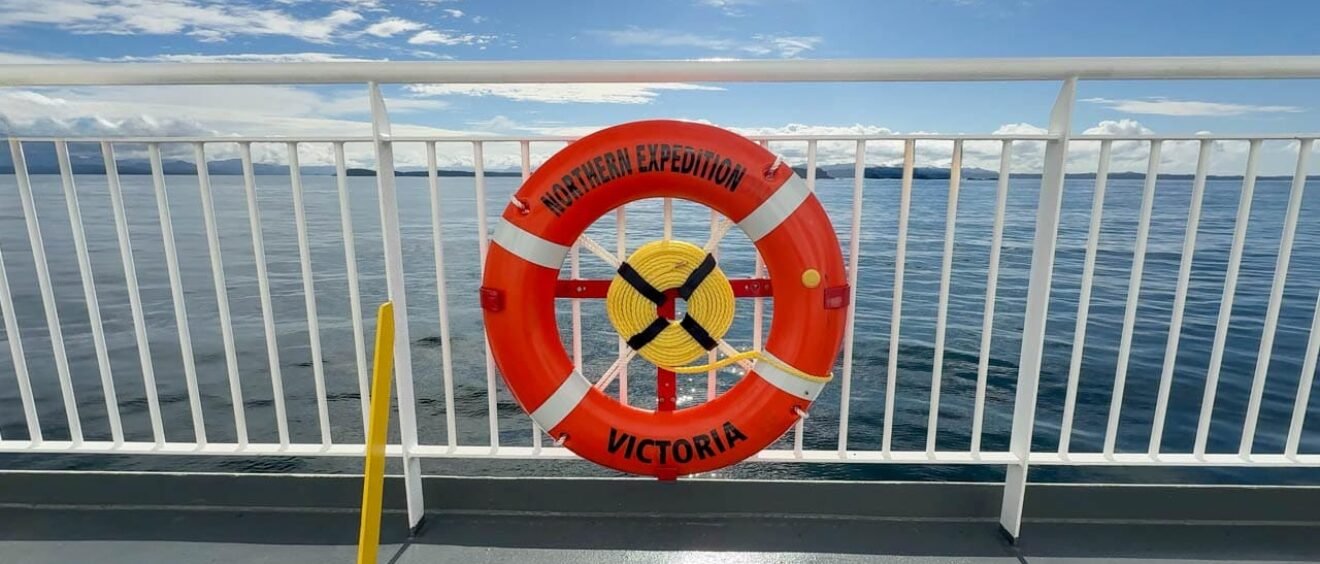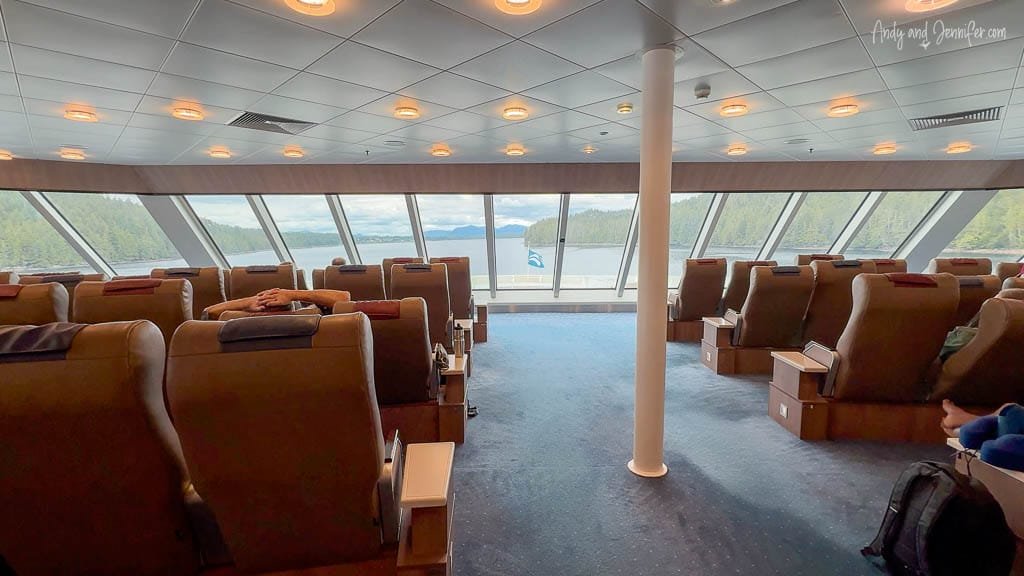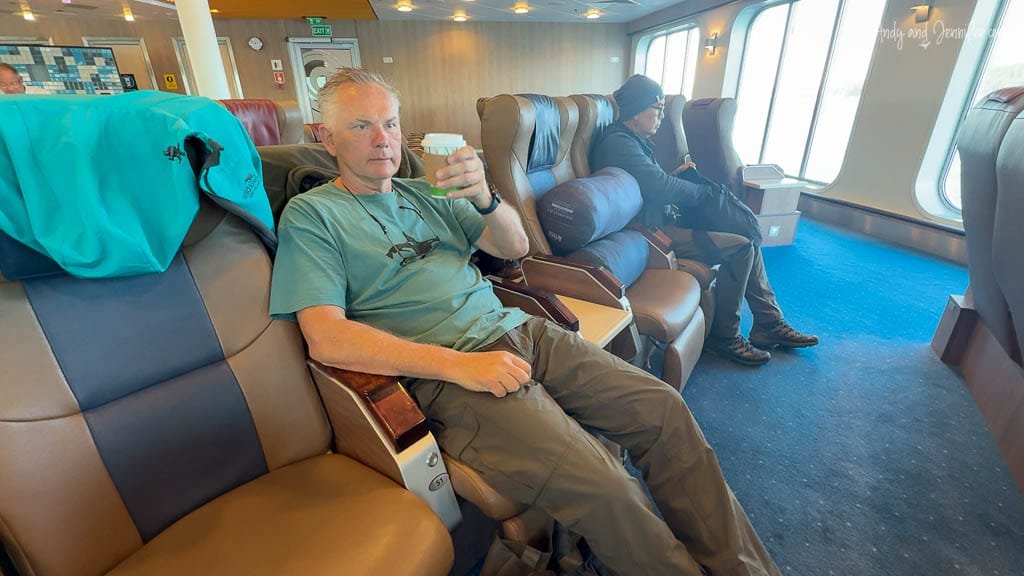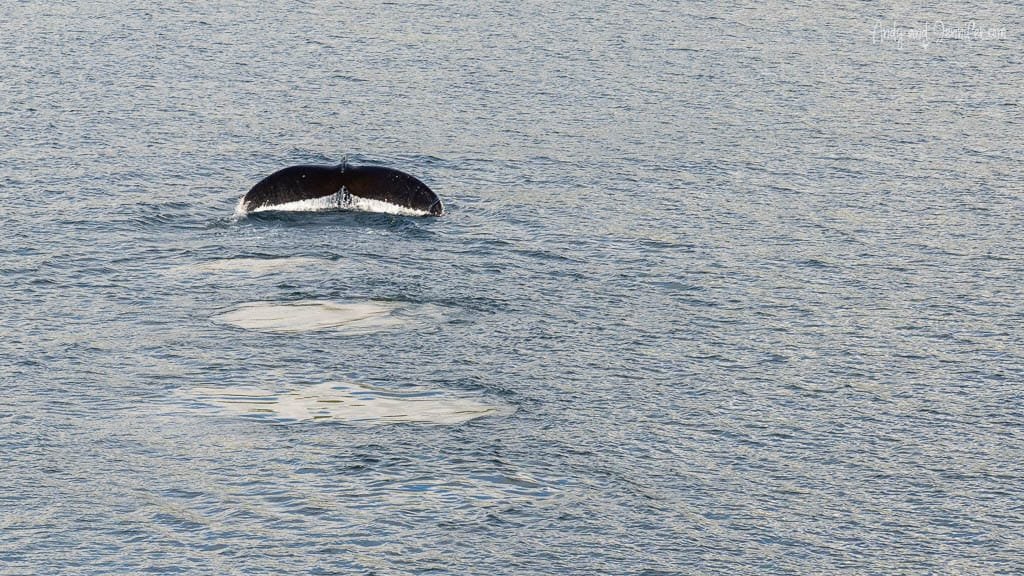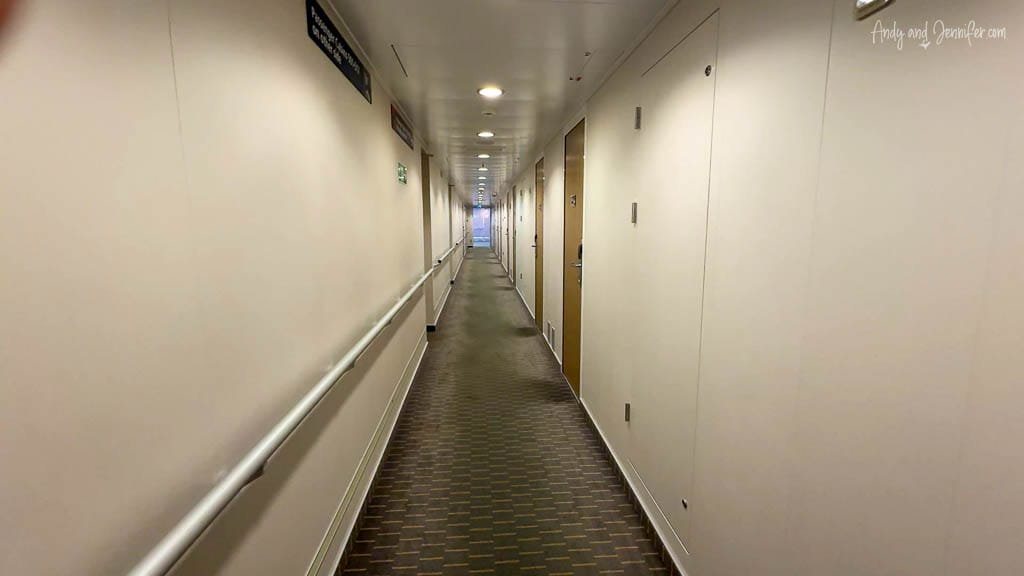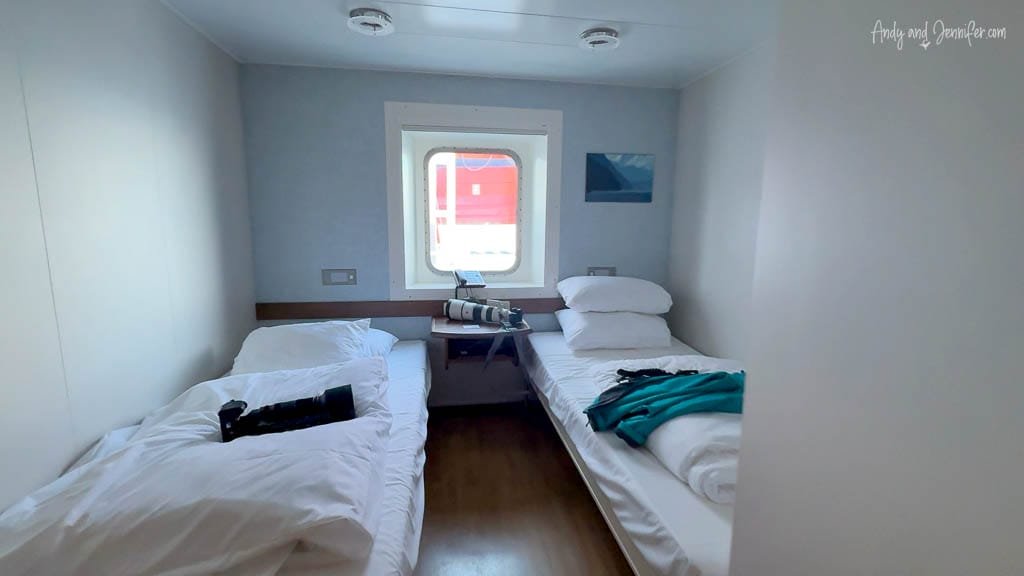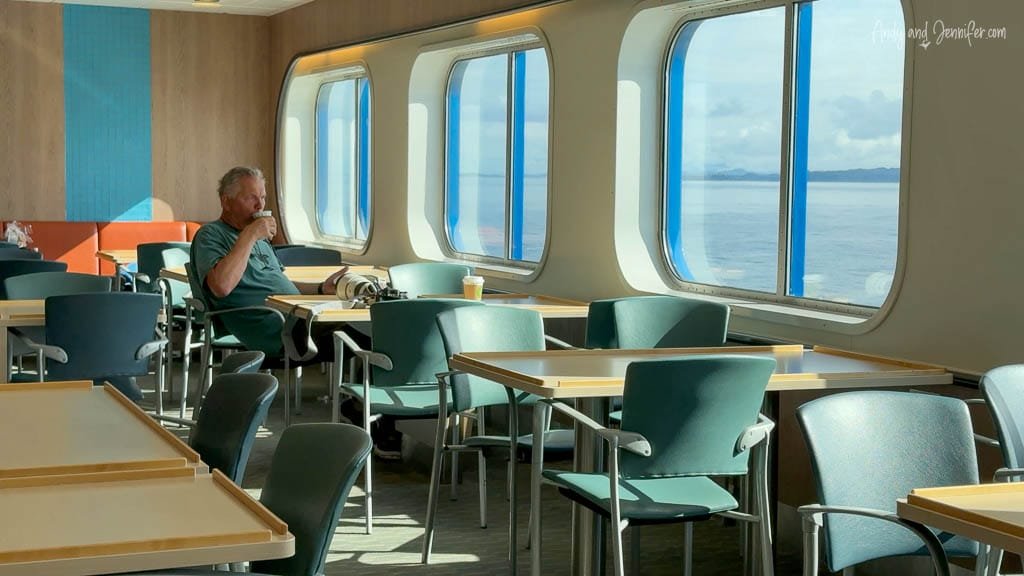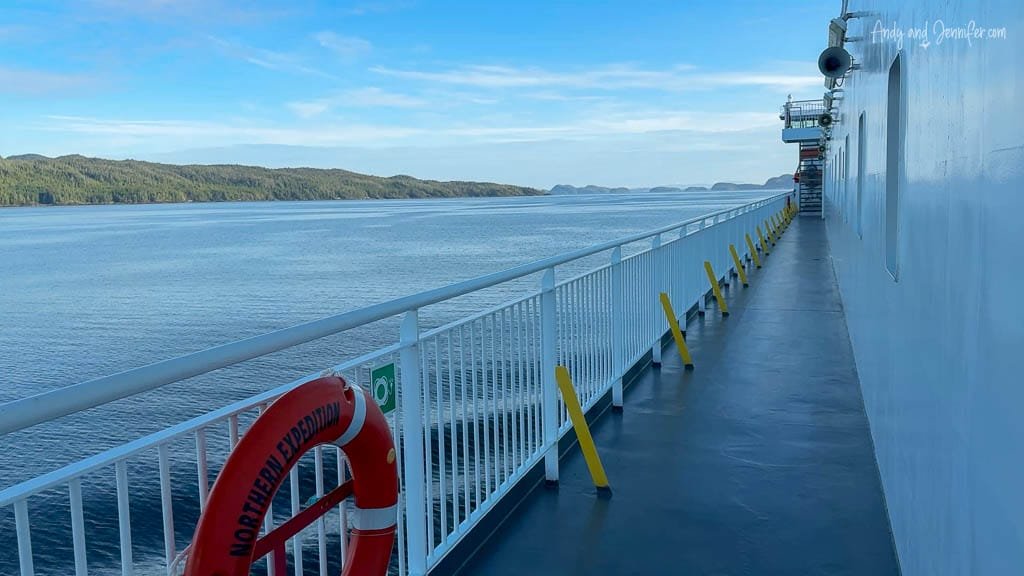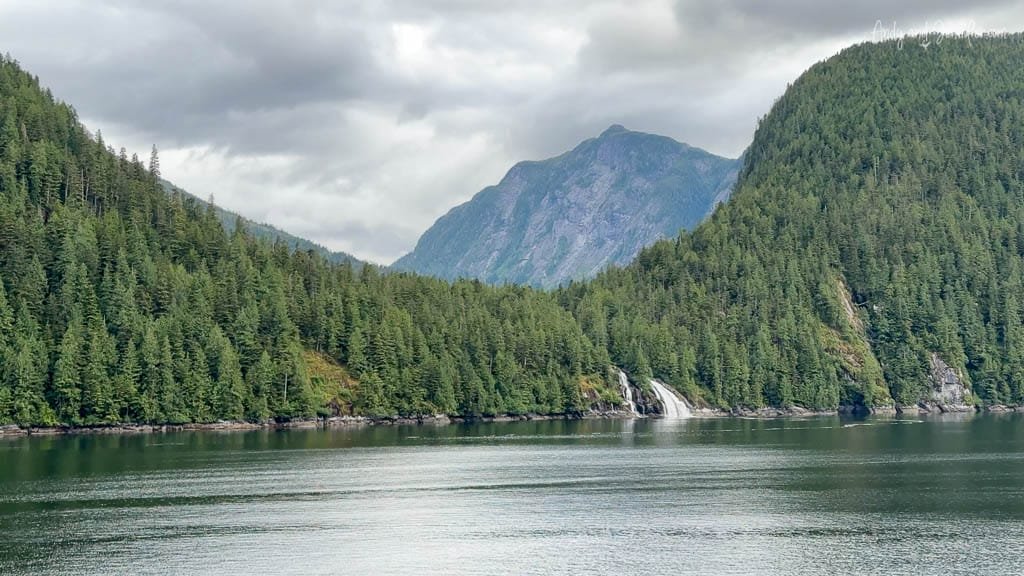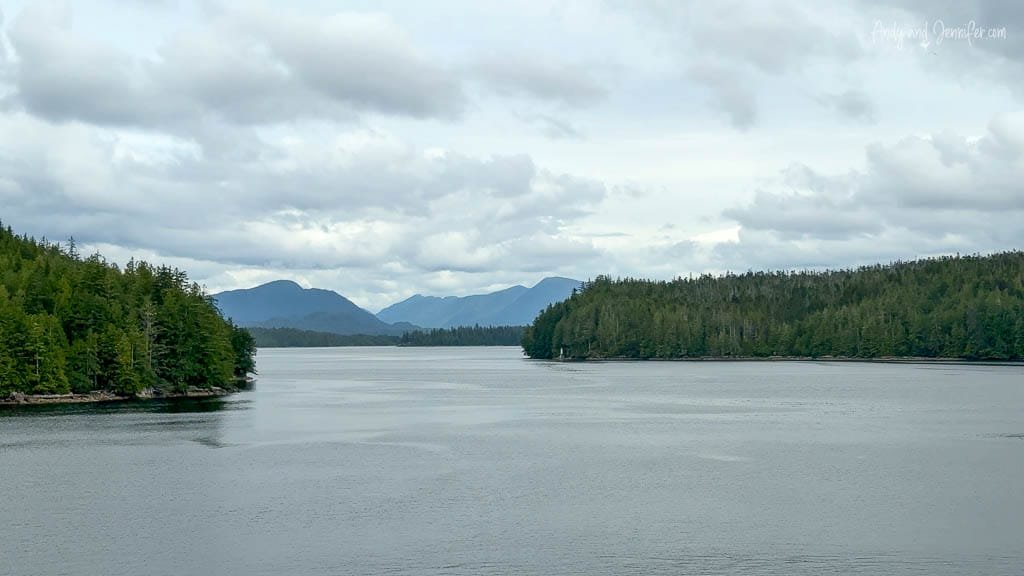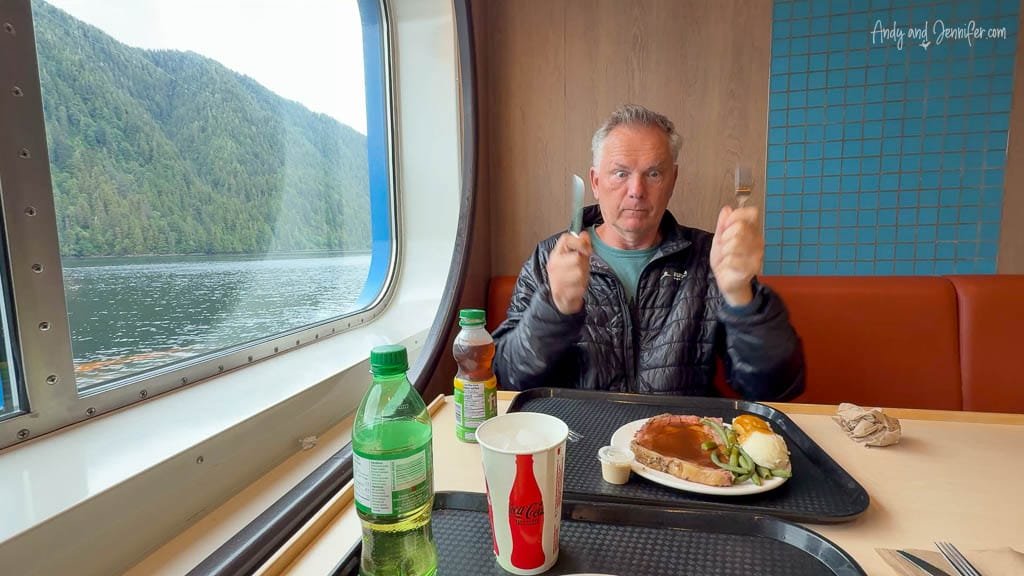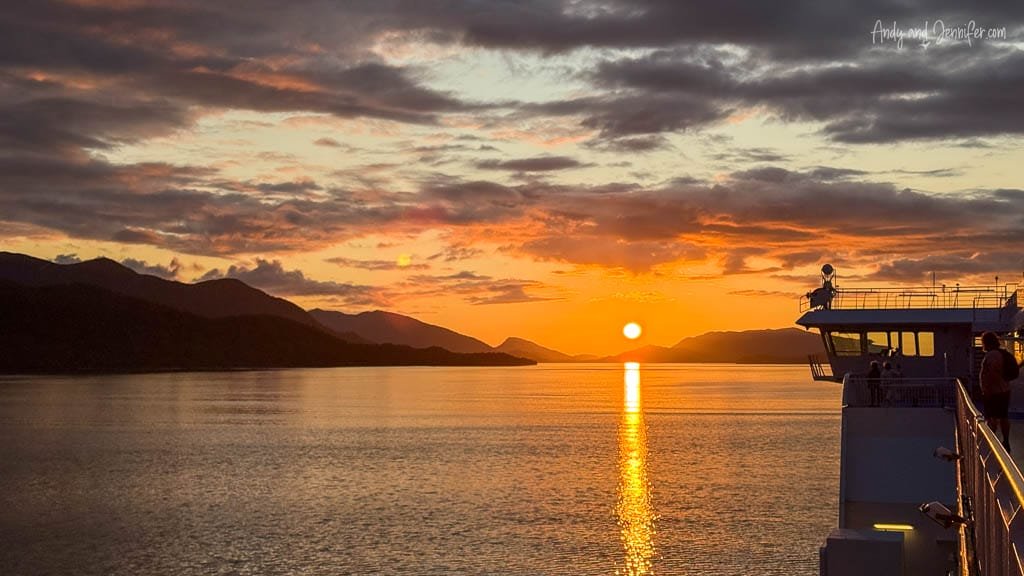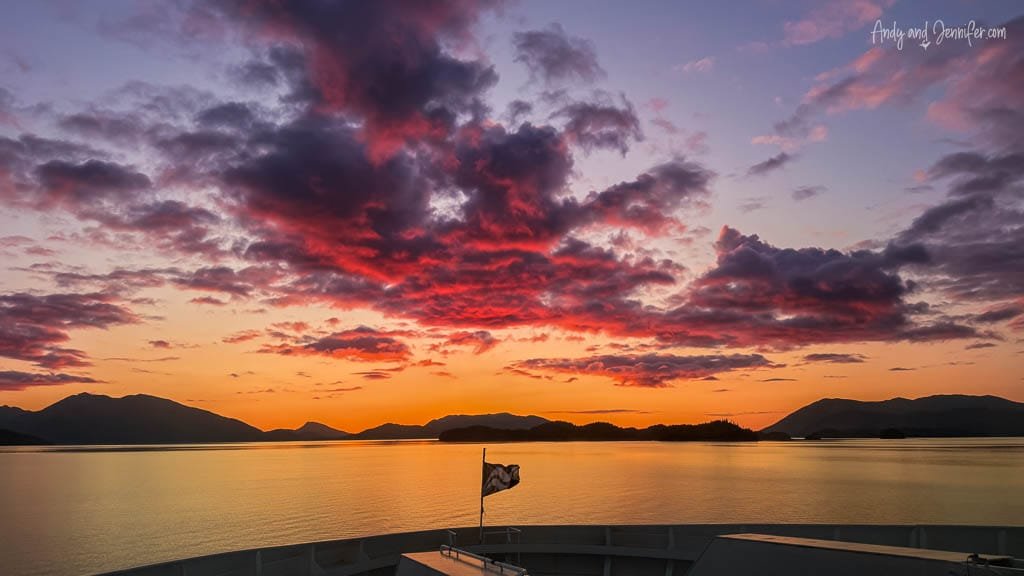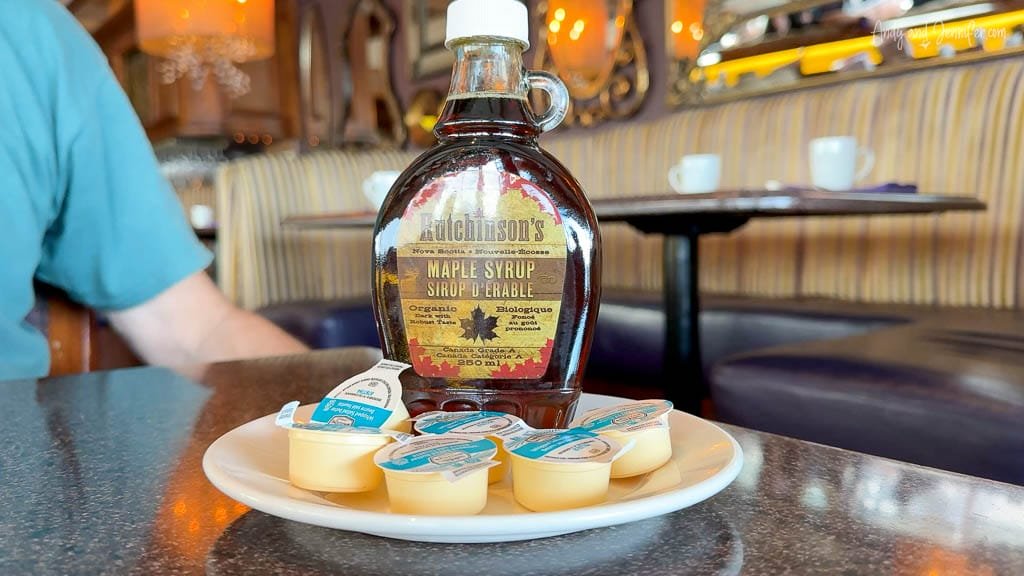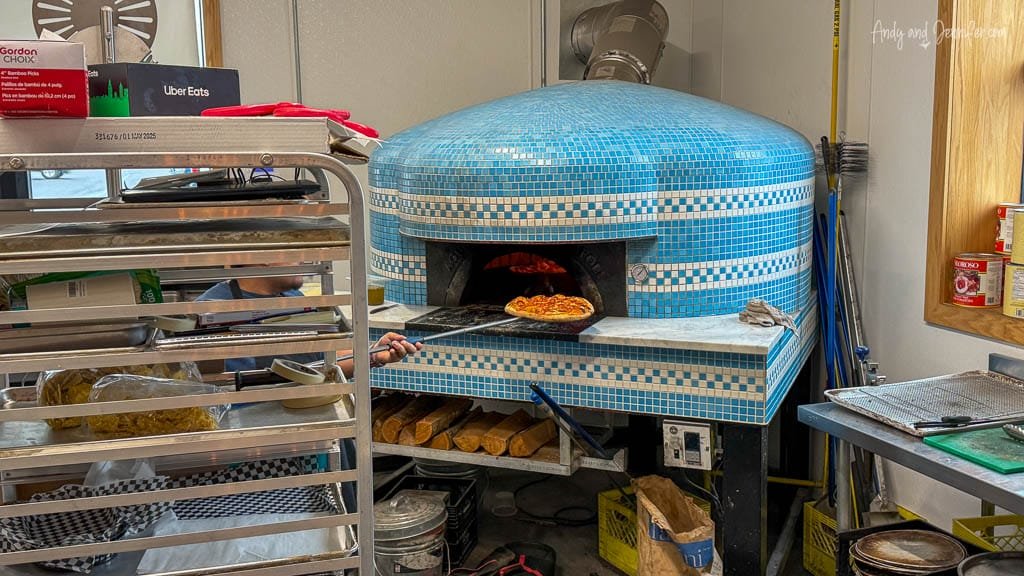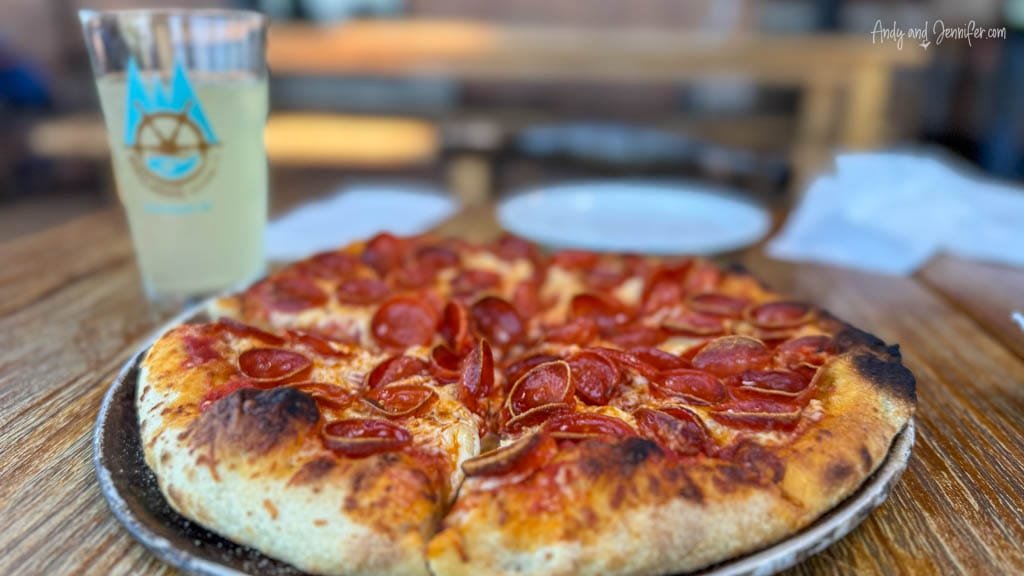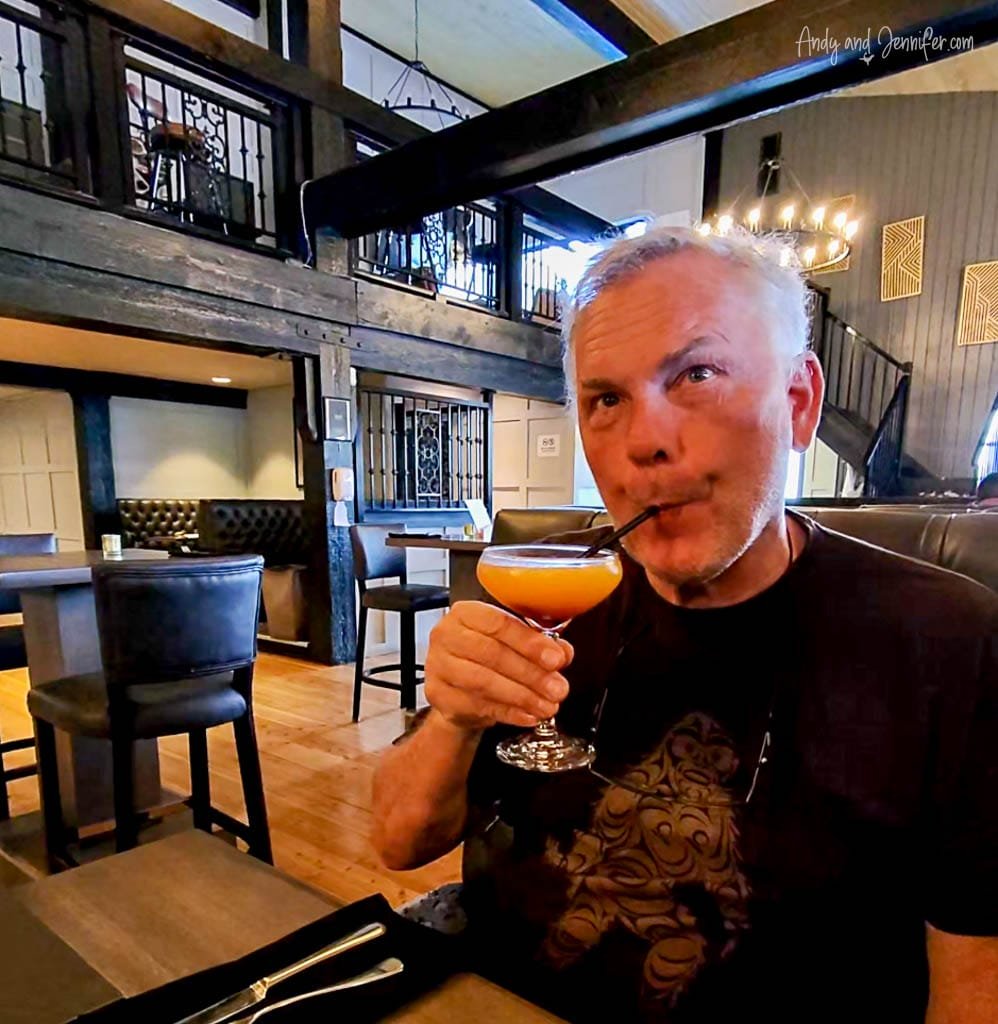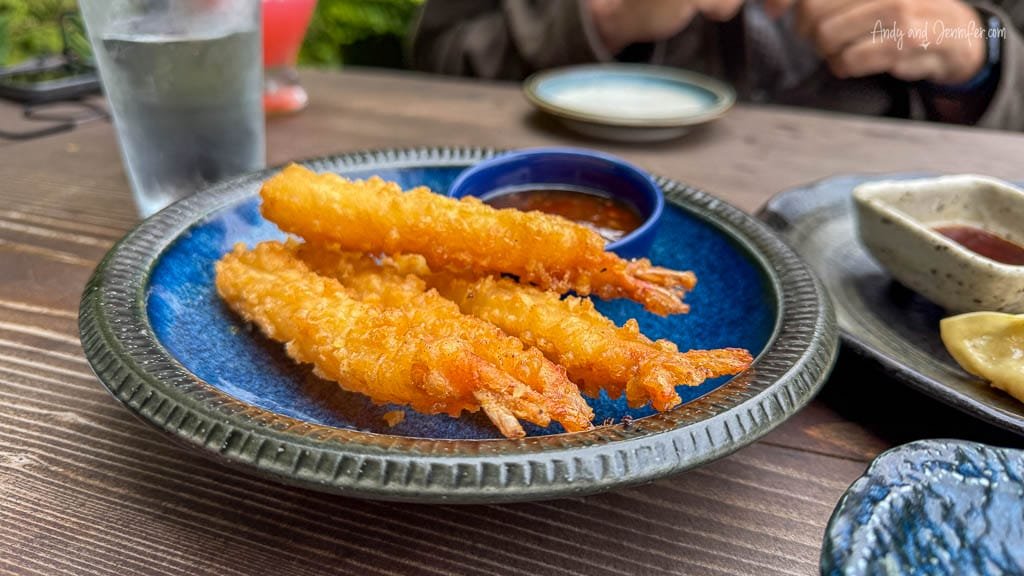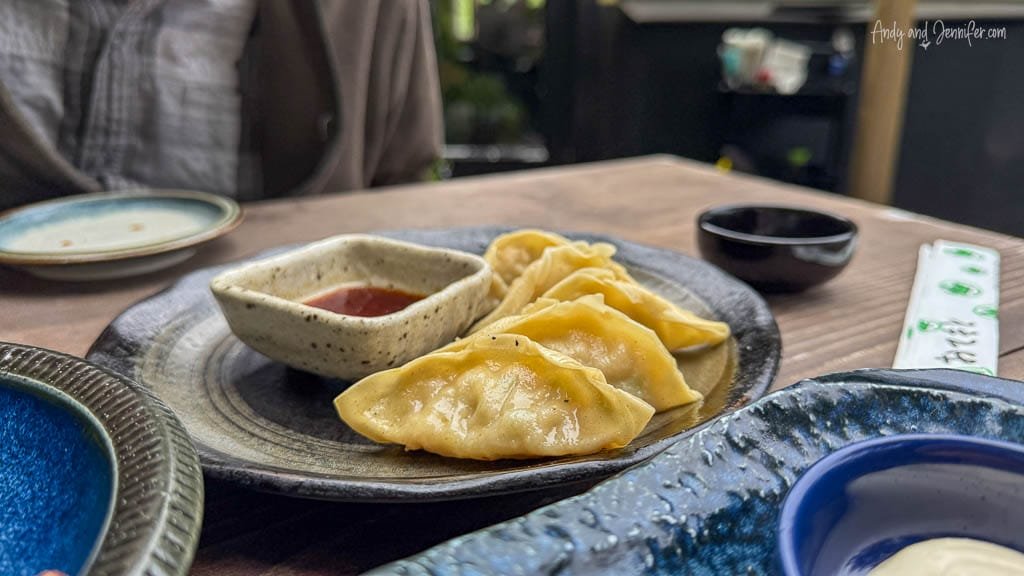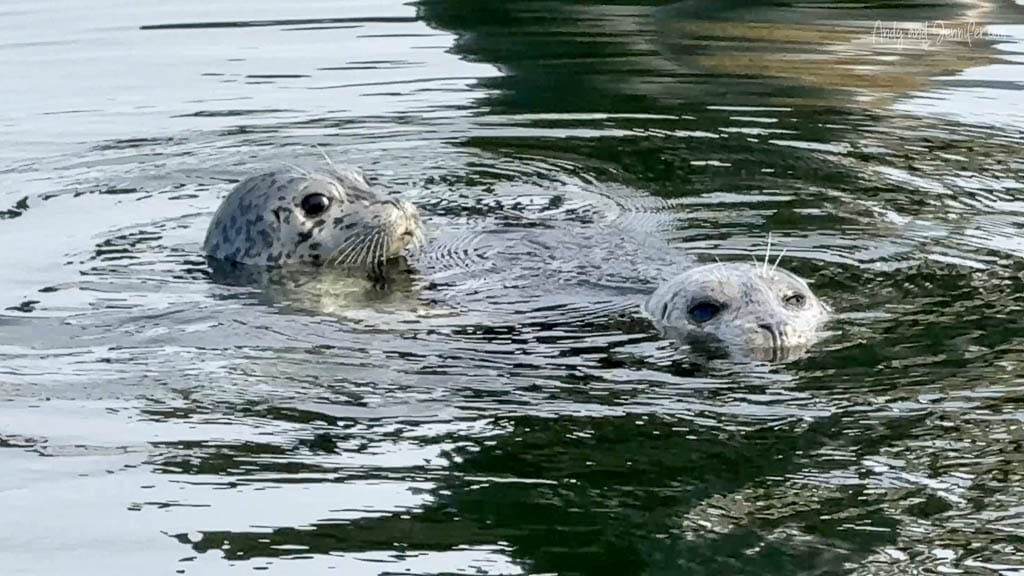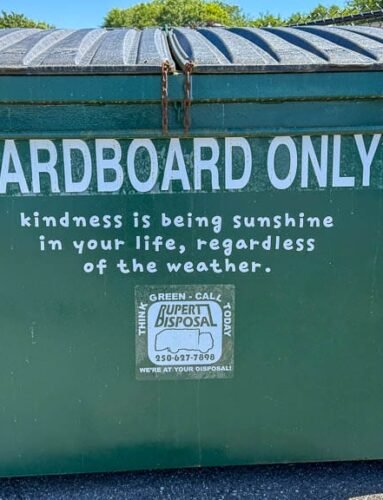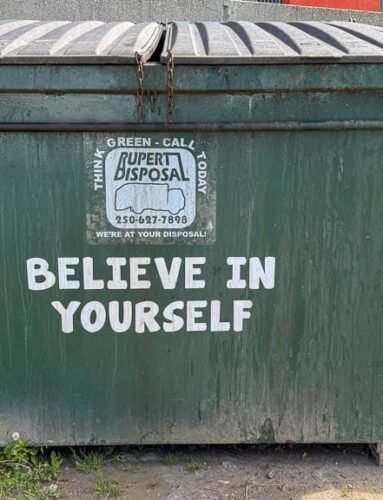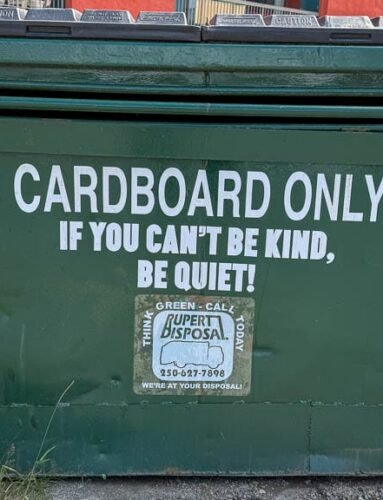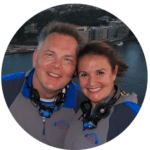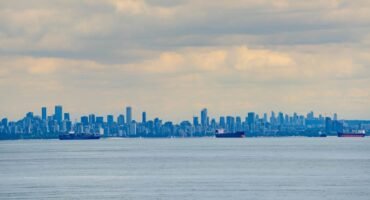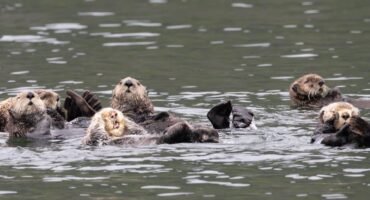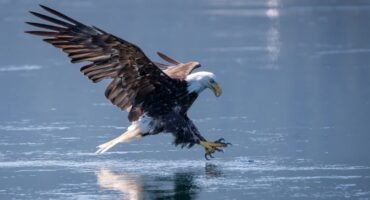(This post is part of our wildlife photography expedition to Canada – links to other parts of the trip will be added once we finish them)
Planning the Journey to Khutzeymateen Grizzly Sanctuary
After three days in northern Vancouver Island, it was time for the next part of our itinerary: the Khutzeymateen Grizzly Sanctuary. How did we even find this place? Simple: we asked AI for the best places to photograph grizzly bears in BC in July. At the top of the list was the Khutzeymateen Grizzly Sanctuary. We had never heard of it, and could not pronounce it, but when we saw they had availability, we booked.
The next challenge was figuring out how to get there. Trips to the Khutzeymateen depart from Prince Rupert, another place we had never heard of. Options were:
-
Fly from Vancouver to Prince Rupert, then take a ferry since the airport is on a nearby island.
-
Drive 17 hours from Vancouver.
-
Or take a 16-hour BC Ferry from Port Hardy.
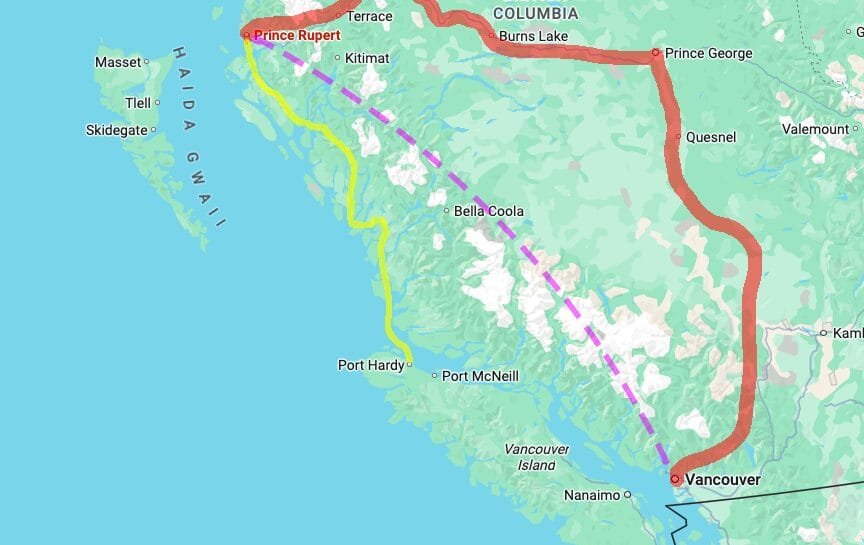
The ferry is expensive, especially with a car, but the cost is offset by avoiding a one-way rental fee. Price-wise it was a wash, and the bonus was a scenic cruise. The only catch: the ferry does not run daily, so we needed a few nights in Prince Rupert on either side of our lodge stay. Luckily, we had the time.
Boarding the Ferry from Port Hardy
The ferry departs at 7:30 a.m., which meant a 5 a.m. wake-up call. We booked months in advance (an absolute must in summer). On top of the base fare you can pay for reserved recliners in the Aurora Lounge ($40 per person) or book a cabin (outside $165, inside $140). Cabins were sold out when we booked, so we opted for lounge seats.
Boarding was smooth. Once the car was loaded, we collected our Aurora Lounge passes at the Purser’s office. The lounge is at the bow, with floor-to-ceiling windows and assigned recliners. We were in the second row, and the space was blissfully quiet as we pulled away right on time.
A Mini Inside Passage Cruise
The weather was perfect. The sailing felt more like a mini Inside Passage cruise than a simple ferry ride. We passed a lighthouse, an island rumoured to have Sasquatch sightings, and God’s Pocket Dive Resort. Before breakfast, we had already spotted humpbacks.
By 9 a.m. I was rethinking the recliners. Sixteen hours in one seat felt daunting. On a whim I asked the purser if any cabins had opened up, and somehow we lucked out with an outside cabin. These face the exterior decks, so privacy is limited unless you keep the curtains closed, and ours had an “obstructed view” thanks to a lifeboat. Still, it was a huge win and made the 16-hour trip far more comfortable.
We grabbed coffee from Canoes Café, though our first cups were basic drip since the espresso machine is tucked away by the buffet and we didn’t see it until lunch. Andy also found the best T-shirt of the trip (Sasquatch, naturally) in the gift shop.
At 11 the car deck briefly opened, so we retrieved my laptop and a few bits. Just before noon, the announcement came: a raft of otters off the port side. Everyone rushed outside. Lunch at Canoes followed, and by 2 p.m. we docked in Bella Bella, where we stayed on deck to watch eagles overhead and seals bobbing nearby.
Long Day, Big Meals, and Sunset at Sea
The afternoon was filled with scenery: lighthouses, narrow passages, and endless photo opportunities.
Dinner at Canoes was the prime rib special, a portion so large it could have fed a small family. We retreated to the cabin to recover from the inevitable meat sweats before heading back outside.
At 10 p.m. the sky exploded into colour with one of the most beautiful sunsets of the trip. Everyone on deck fell silent, soaking it in.
By 11 p.m. we were nearing Prince Rupert, and just after midnight we rolled off the ferry.
Prince Rupert Travel Guide: Accommodation, Food, and Wildlife Watching
Accommodation in Prince Rupert is limited. Since we were staying three nights, we wanted more than a motel room and ideally a kitchen. I had found a cabin at a caravan park, but at 30 minutes from the terminal it did not feel practical for a midnight arrival. Instead, we booked an Airbnb five minutes from the ferry.
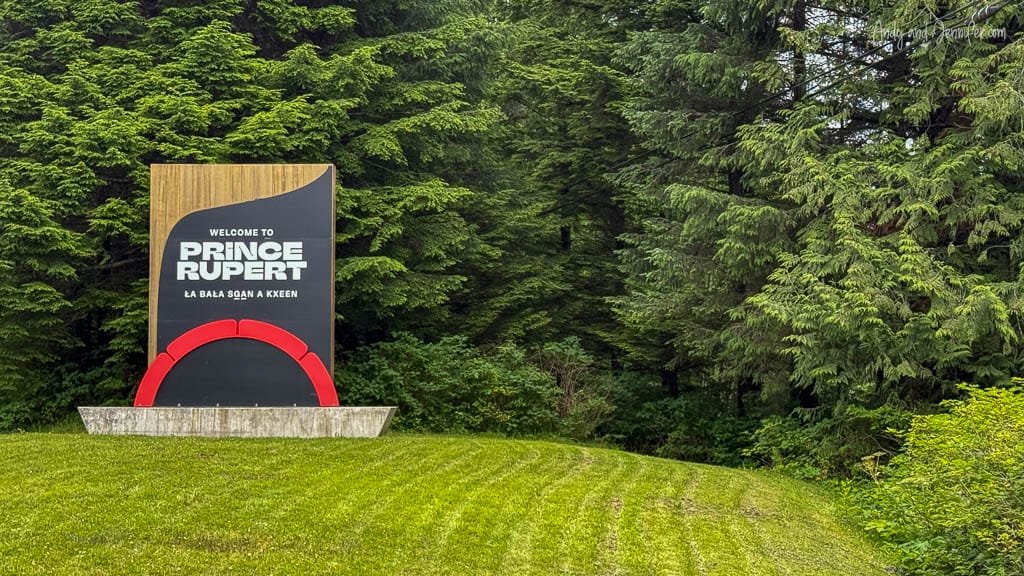
First impression? Cannabis. Legal in Canada, but it still felt odd to smell it instead of ocean air as we stepped out of the car. Thankfully, once inside it was spotless (and scentless): a huge room with a king bed, a large bathroom with a washer/dryer, and a full kitchen. The daylight revealed two surprising features: grain elevators and train tracks. By night two, we learned these ran 24 hours a day.
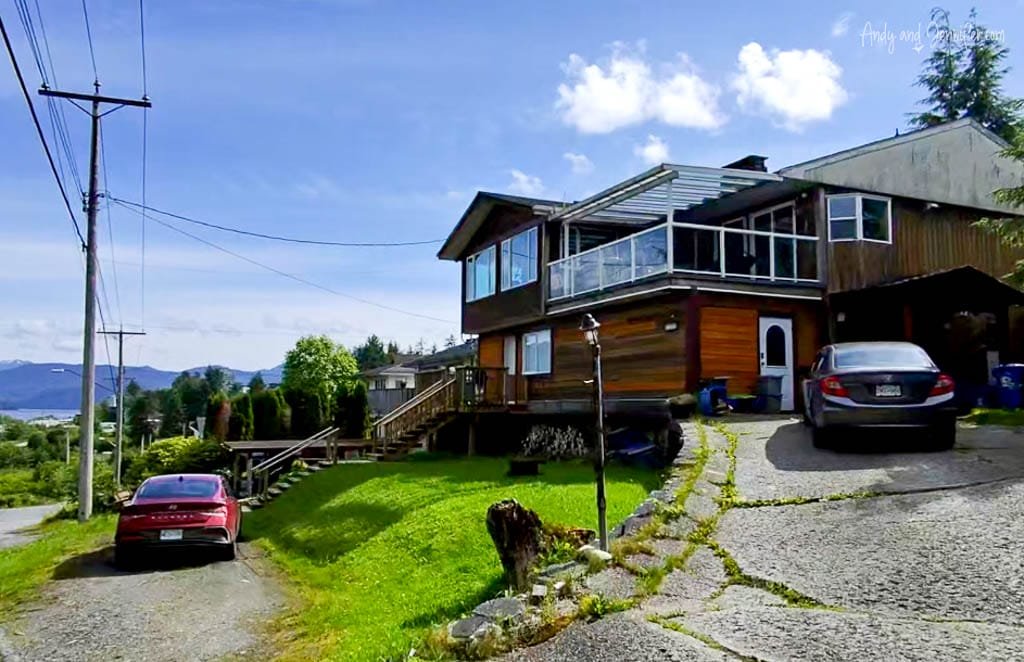
The weather was mostly rainy during our stay, but we did pick up a few tips for eating, shopping, and exploring Prince Rupert.
Food
Shopping
-
There’s a Walmart, though not the big American-style version.
-
There are two grocery stores: Safeway (a little more upscale, with a Starbucks) and Save-On-Foods (their fresh blueberry bagels in the morning were a highlight).
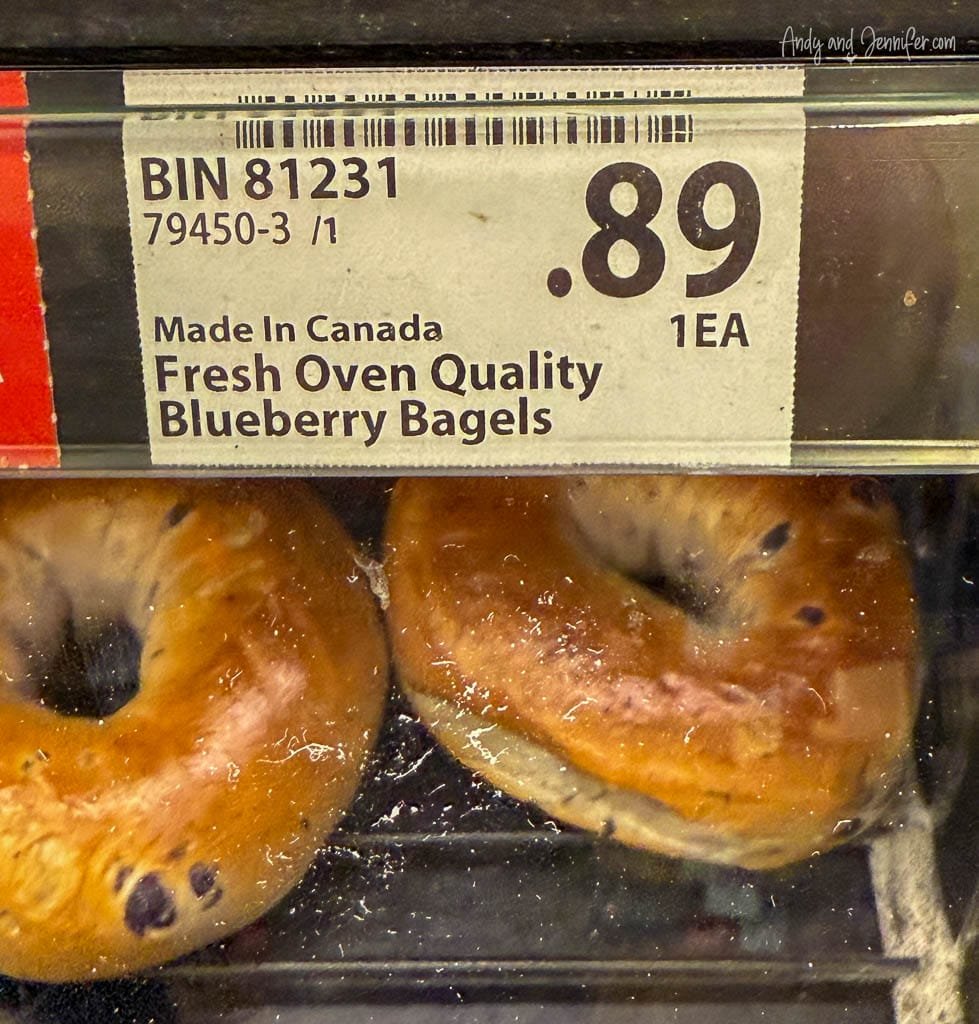
-
Petrol is actually cheaper in Prince Rupert than in Port Hardy.
-
Sea Store – stocks just about everything, from fishing licences to summer dresses.
Hiking
-
Butze Rapids Trail – 3.2 miles and relatively flat. Get there early if a cruise ship is in port. There are plenty of wildlife warning signs, though we did not see any on our visit.
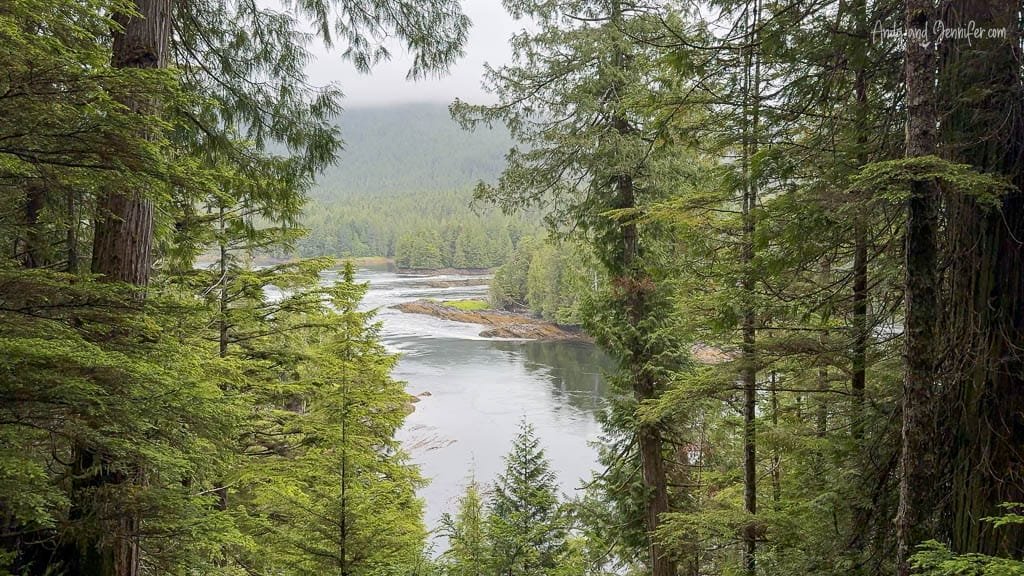
Wildlife
Rubbish Bins
- Don’t think I’ve mentioned rubbish bins in 20+ years of this blog, but each one (throughout the entire town) had its own positive message.
Cruise Ships
-
Be mindful of the cruise schedule. Prince Rupert has about 14,000 residents and can feel overwhelmed when a ship carrying 3,000–4,000 passengers is in port.
We had a few quiet days in Prince Rupert, doing little more than eating, watching seals, doing laundry, and dodging the rain. We were not here for the town itself. For us, Prince Rupert was the gateway to something far more remote: the Khutzeymateen Grizzly Sanctuary, the real reason we had travelled this far north.
We’re Andy and Jennifer—two former corporate executives who chose long ago to prioritise experiences over stuff while pursuing our passions for travel and photography. From the Arctic to Antarctica, and most places in between, we’ve captured the world through our lenses and love sharing those stories. Our careers gave us the means, but our purpose is inspiring others to explore and helping people create images they’re proud of.
